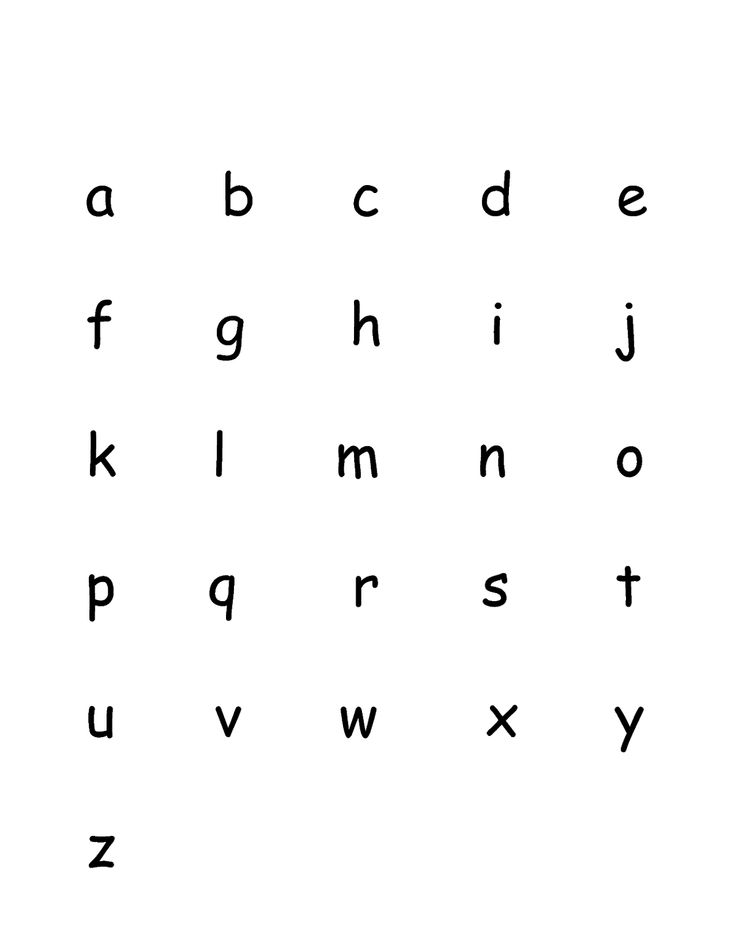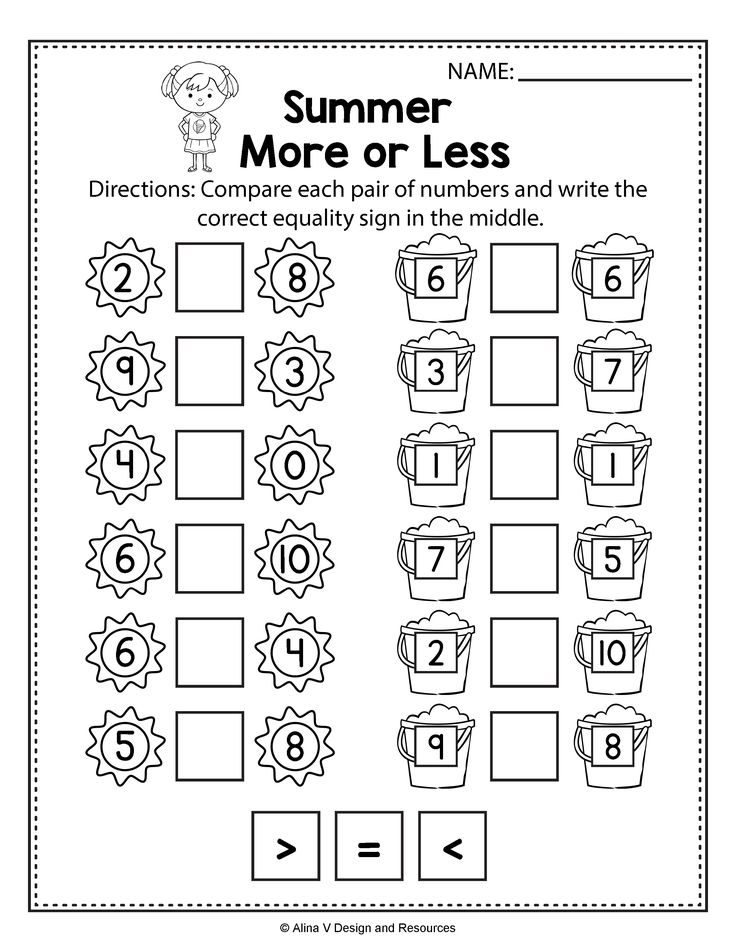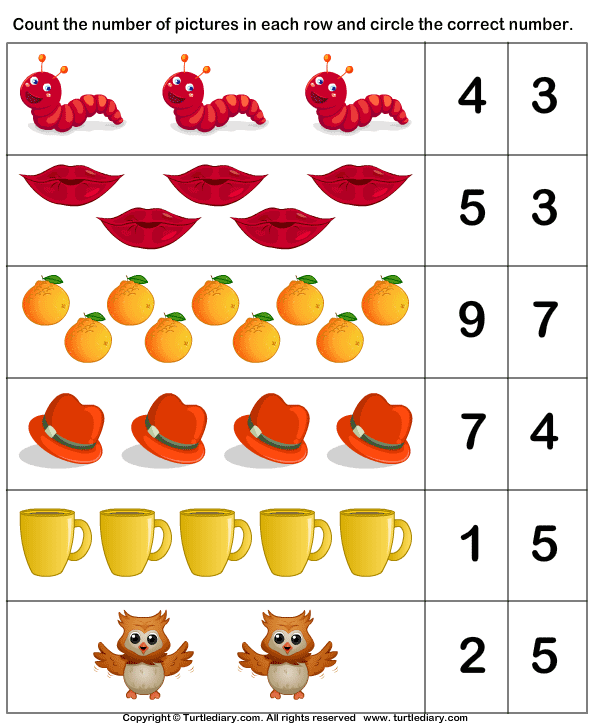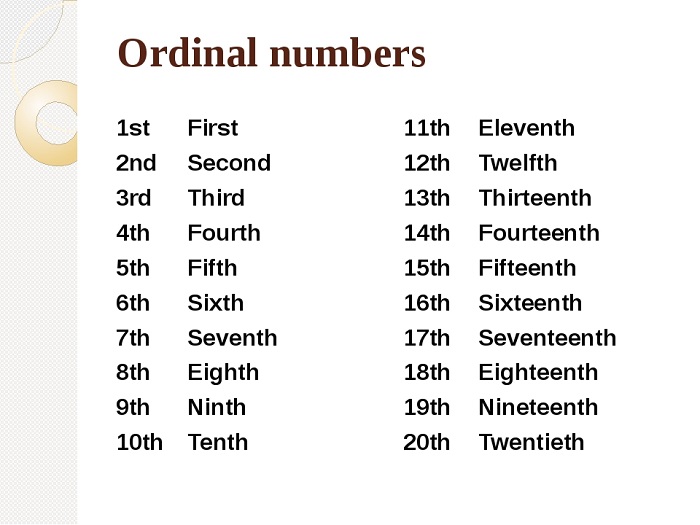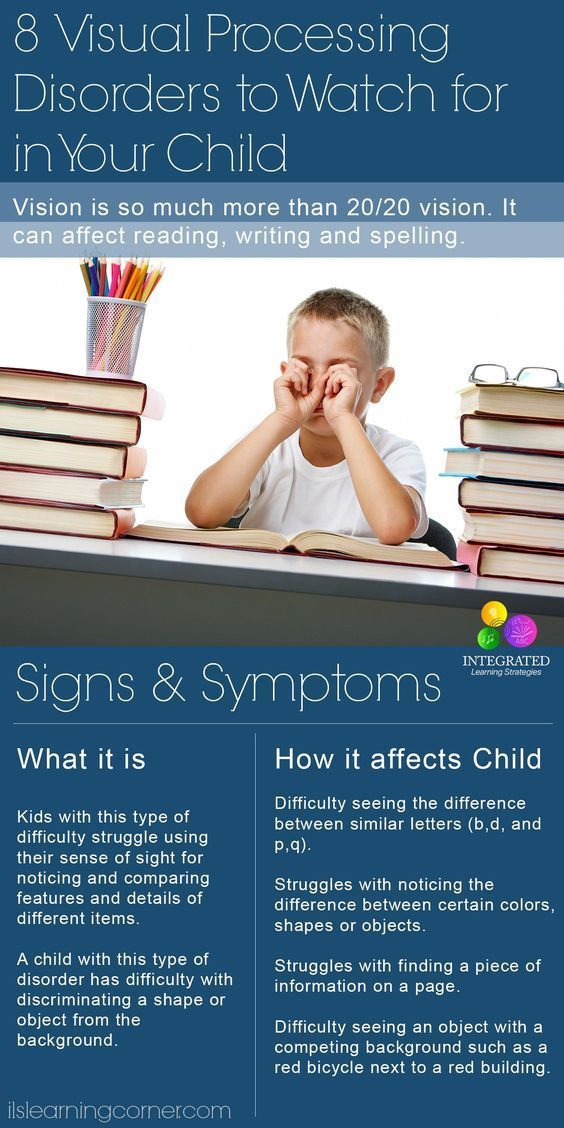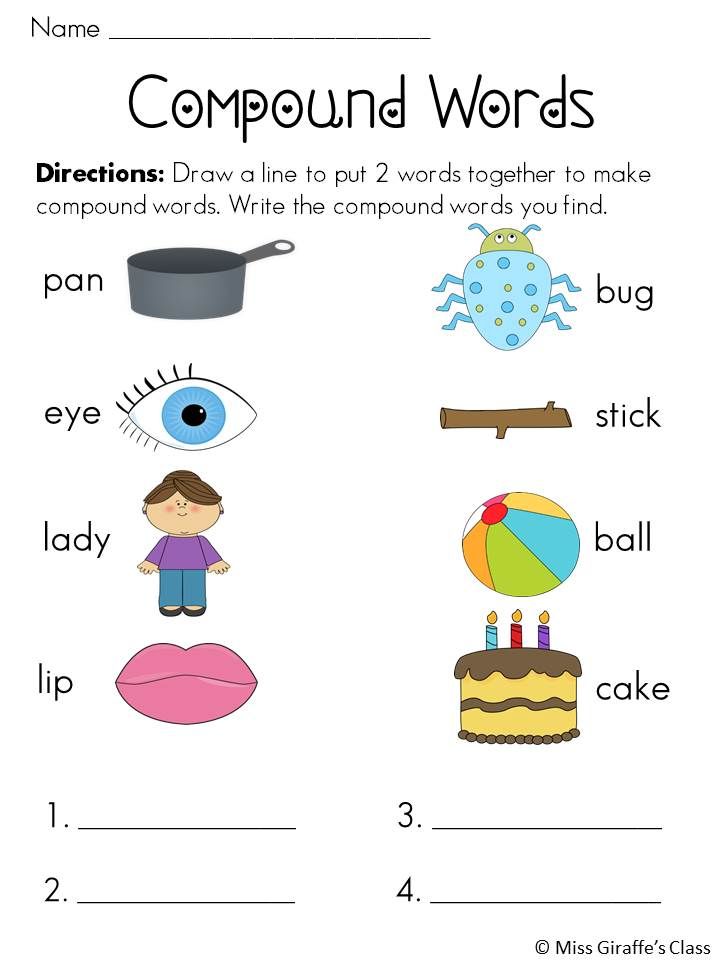Middle case letters
I know that there is such thing as upper case letters and I know ...
Home: Questions and Answers Forum
Answers to 100,000 Fascinating Questions
Welcome to FunTrivia's Question & Answer forum!
- Newest Questions
- Post a Question
Search All Questions
Please cite any factual claims with citation links or references from authoritative sources. Editors continuously recheck submissions and claims.
Archived Questions
Goto Qn # Question #66092. Asked by deber123.
Last updated Aug 28 2016.
darkpresence
Answer has 1 vote
darkpresence
16 year member
264 replies
Answer has 1 vote.
Upper and lower case refer to the drawers in which the different letters were kept in the early days of printing, so I can't imagine where middle case would come into it.
May 23 2006, 1:38 PM
zbeckabee
Answer has 2 votes
zbeckabee
Moderator
17 year member
11752 replies
Answer has 2 votes.
IF YOU ARE REFERRING TO UPPER CASE AS IN ALL CAPS
and lower case as in "miniscule," then the answer is a resounding NO.
May 23 2006, 3:20 PM
SOTHC
Answer has 19 votes
Currently Best Answer
SOTHC
19 year member
772 replies
Answer has 19 votes.
Currently voted the best answer.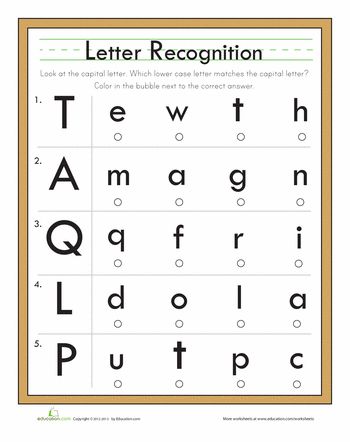
https://en.wikipedia.org/wiki/Letter_case
The basic typesetter's difference between the cases:
Grand capitol -from capitol to descender line /w flourishes at other lines
Capitol -From base to capitol lines, unsloped, less ornate
Middle case -From base to ascender line, unsloped, primary body between mean and demi-lines
Lower case -From base to mean line /w ascenders & descenders; connection ready at base line, 20 degree left slope
Response last updated by satguru on Aug 28 2016.
May 23 2006, 5:23 PM
Baloo55th
Answer has 2 votes
Baloo55th
20 year member
4545 replies
Answer has 2 votes.
There is also an intermediate form known as 'small caps', where the letters are in upper case shape, but sized like lower case without the tails.
May 24 2006, 3:28 PM
gmackematix
Answer has 2 votes
gmackematix
19 year member
3324 replies
Answer has 2 votes.
Apparently, the word "minuscule" has been misspelled so often that "miniscule" is now listed in many dictionaries as an accepted variation.
Still, the corresponding word for upper case, "majuscule" is rarely seen at all.
I suppose an intermediate case could be called "midiscule" but I'm not sure what use it would have.
May 24 2006, 4:51 PM
Sign in or Create Free User ID to participate in the discussion
Other Similar Questions & Answers
- Which word has three consecutive pairs of letters? This means that it would have the form ---XXYYZZ---, where X, Y, and Z are any letters.
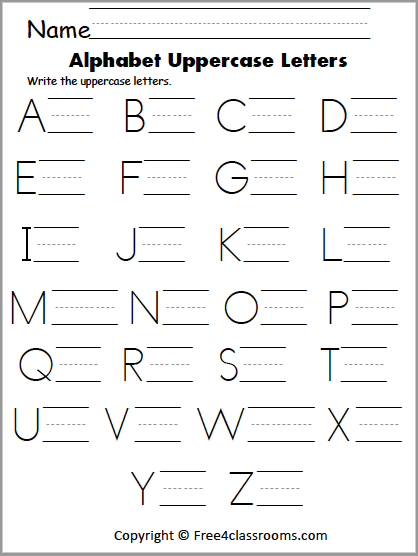
- On the reverse of the US penny, why is the "o" in the UNITED STATES oF AMERICA in lower case?
- The English alphabet has the letters C and K, yet they produce the exact identical sound, what is the reason for this redundancy, and what is the difference in usage among English, French, German, Spanish, Italian, etc. of the letters C and K?
Related FunTrivia Quizzes
"Case Closed"- "The Roller Coaster Murder Case"
(c ... Ca-Cm)
14 to the Case
(Word Puzzles for Experts)
1.12 "Whatever the Case May Be"
(LOST: Season 1)
Return to FunTrivia
"Ask FunTrivia" strives to offer the best answers possible to trivia questions. We ask our submitters to thoroughly research questions and provide sources where possible. Feel free to post corrections or additions. This is server B184.
Kids Handwriting: Uppercase & Lowercase Letters
Since less and less instructional time is being spent on handwriting, it is becoming even more important to prioritize the script that students need for functional writing tasks. And, since lowercase letters account for about 95% of all letters in reading and writing, I would like to make the argument for teaching lowercase first!
And, since lowercase letters account for about 95% of all letters in reading and writing, I would like to make the argument for teaching lowercase first!
Let’s consider four elements:
1. Starting PointsHaving fewer starting points simplifies the decision on where to start. All the capital letters start at the top. Lowercase letters primarily begin at the midline. The exceptions being b, h, k, l, and t which start at the top, and letters e and f. This factor favors uppercase as being easier to learn.
2. Pencil liftsEach pencil lift requires careful visual monitoring and precise motor skills to neatly place the pencil at the start of the next stroke. Seventeen upper letters require two or more lifts compared to seven lowercase letters. Uppercase “E”, for example, has four strokes, requiring one to lift and place the pencil at four different points. Lowercase “e” uses one continuous stroke, which requires less visual attention, and makes it easier and more efficient to form. This suggests that lowercase letters are easier to form.
Lowercase “e” uses one continuous stroke, which requires less visual attention, and makes it easier and more efficient to form. This suggests that lowercase letters are easier to form.
Children learn to draw the first six pre-writing shapes, in the following developmental order: a vertical line, a horizontal line, a circle, a cross, a square, and finally a diagonal line. Accordingly, letters containing diagonals are the hardest to form. Nine uppercase letters contain diagonal lines in contrast to six lowercase ones. This measure also points to lowercase letters as being easier to write.
4.
Letter GroupsSorting letters by their first stroke and practicing them in their “group” is a highly effective way of learning to write the letters. The repetition of the same continuous motion from one letter to the next builds motor memory and promotes rhythmic writing.
Lowercase letters have multiple strokes in common and are easily sorted into four kinesthetic groups:
- l, t, k, I and j all start with a vertical line downward
- c, a, d, o, g and q all start like c
- h, b, r, n, m and p all drop down, up and over
- v, w, x and y all start with a diagonal line down
Letters s, u, f, e and z do share a common stroke with the other letters.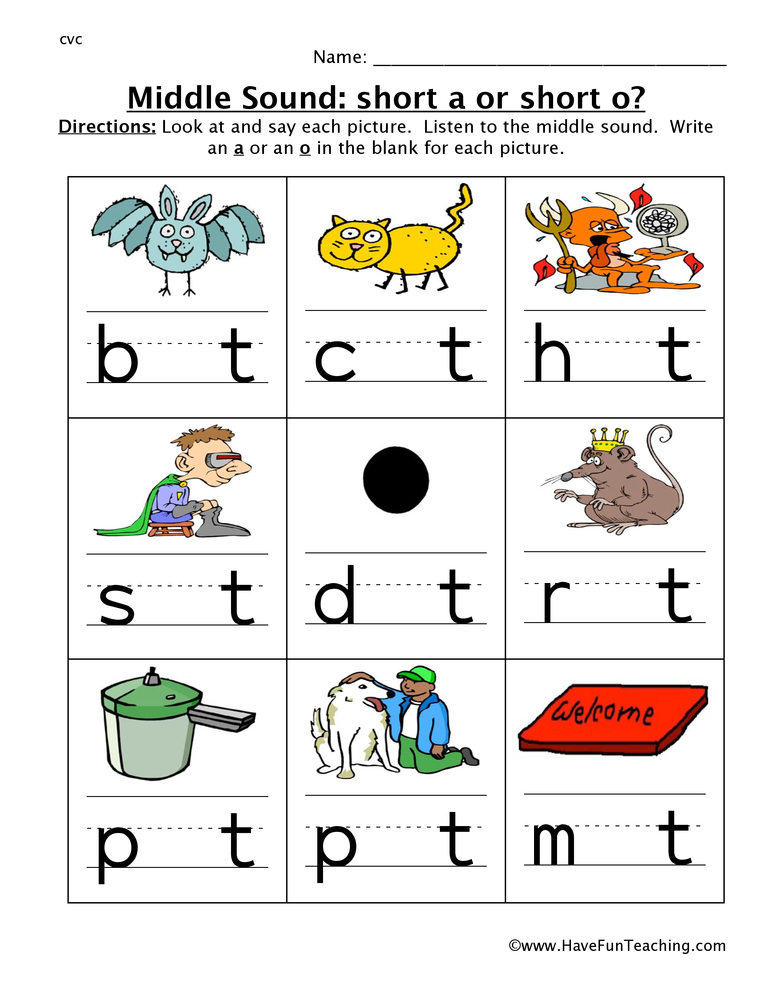
Upper case letters have two kinesthetic groups:
- C, O, Q and G all start like C
- V, W, X and Y start with a diagonal line down
B, D, E, F, H, I, J, K, L M, N, P, R, T, and U all start with a down stroke. However, given that they do not share a similar motion beyond this point to guide correct stroke direction, makes it hard to unify them into kinesthetic group. Letters A, S and Z do not share a common stroke with other letters.
Lowercase letters are easier to recognize!Several lowercase letters are similar in appearance, most notably letters b, d, p, g and q, as well as h and n; making them easier to confuse. Regardless, young students who are learning to read, read in lowercase. And for children who struggle with visually-confusing letters, more practice, not less, would be helpful. Aligning handwriting with reading stands to boost a student’s ability to identify these letters, especially if the child is a kinesthetic learner.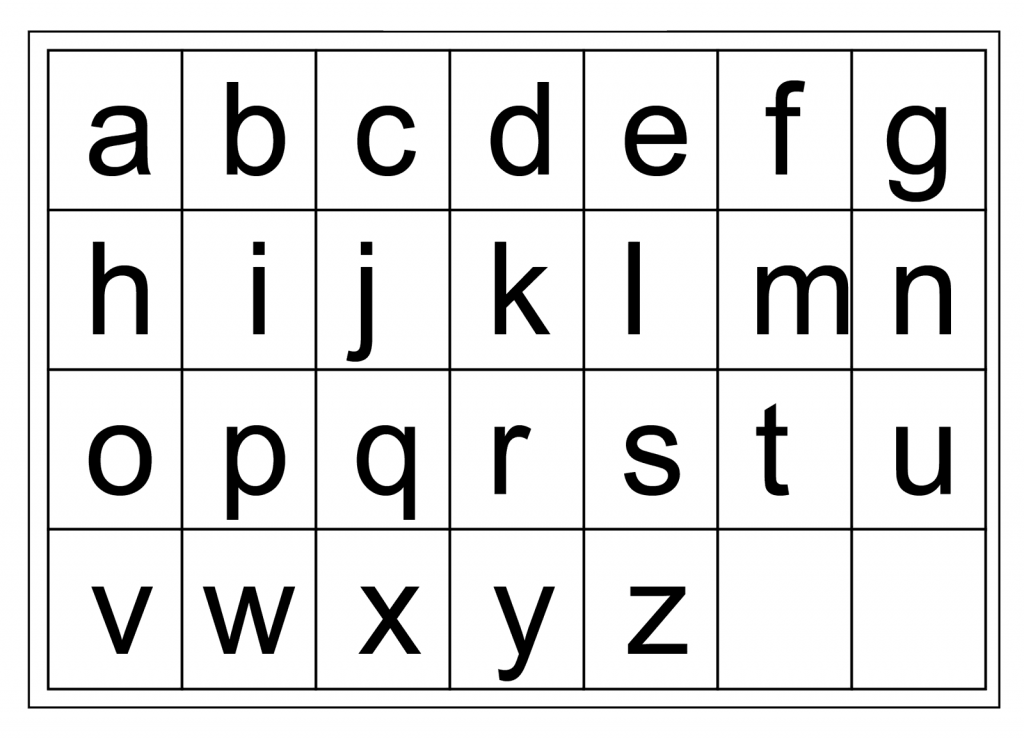 Teaching uppercase simply delays the teaching of lowercase or worse, creates more confusion by adding more letters to the mix.
Teaching uppercase simply delays the teaching of lowercase or worse, creates more confusion by adding more letters to the mix.
It is also interesting to note that lowercase words are easier to read. Jason Santa Maria’s article, “How We Read”, explains that this is because we see words as shapes. Lowercase has ascenders and descenders that form irregular shapes, and make it easier to identify the words, whereas capitals appear as “big rectangular blocks which take much longer to process”.
Students struggle to transition from upper to lower caseThere is a large variance in how well students adapt to lowercase letters after learning uppercase. For students who are predisposed to handwriting difficulties and have been taught uppercase first, I have found that they confuse the two alphabets and tend to be very resistant to switching from upper to lowercase. Apart from affecting overall legibility, mixing upper and lowercase, or using upper case only, is inefficient and results in slow, tedious writing.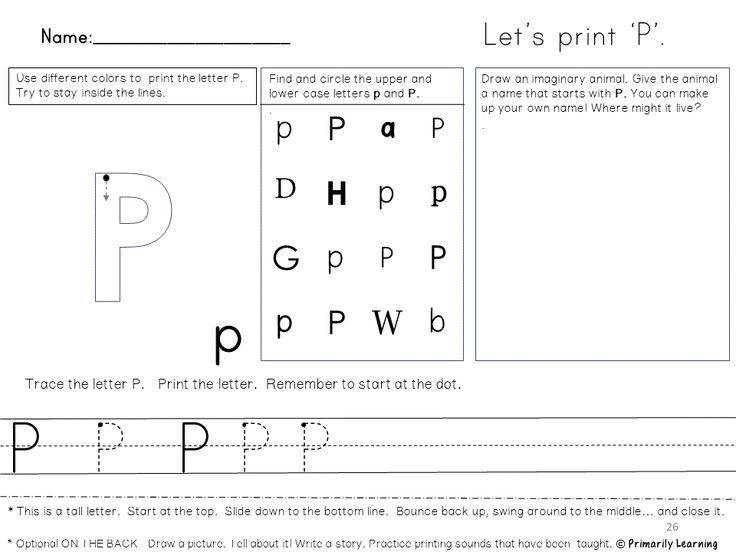
A word from the Experts
When asked to weigh in on the letter case debate, Dave Thompson, CEO of Educational Fontware, and designer of over 900 fonts said, “Lowercase is definitely easier. Most of the letters are a lot shorter, which involves less movement of the hand for the little ones. There are fewer pen lifts, and much more similarity between smalls (a, c, d, e, g, o, q for example all start with or have a counterclockwise hook) than caps. Lowercase uses retrace without pen lift for b, d, h, m, n, p, and r. Caps are usually taught as pen lifts instead of retrace: B, D, M, N, P, and R. Finally, you can make words out of the smalls, but not the caps.” Virginia Berninger, a former UW educational psychology professor, who studied the effect of handwriting on the human brain, says that it is important to teach printing lower case letters first because they are written more frequently and also encountered more frequently in reading printed material in books and other materials as well as on screens than capital letters.

References
Maria, Jason Santa. “How We Read.” A List Apart, 2014. Web. 15 Dec. 2016. Retrieved from http://alistapart.com/article/how-we-readhttp://alistapart.com/article/how-we-read
Middle Register of Singing Voices 6 Letters
The solution to this crossword puzzle is 6 letters long and starts with the letter M
Below you will find the correct answer to Middle register of singing voices 6 letters , if you need more help finishing your crossword continue your navigation and try our search function.
answer to the crossword and scanword
Friday, 19 July 2019G.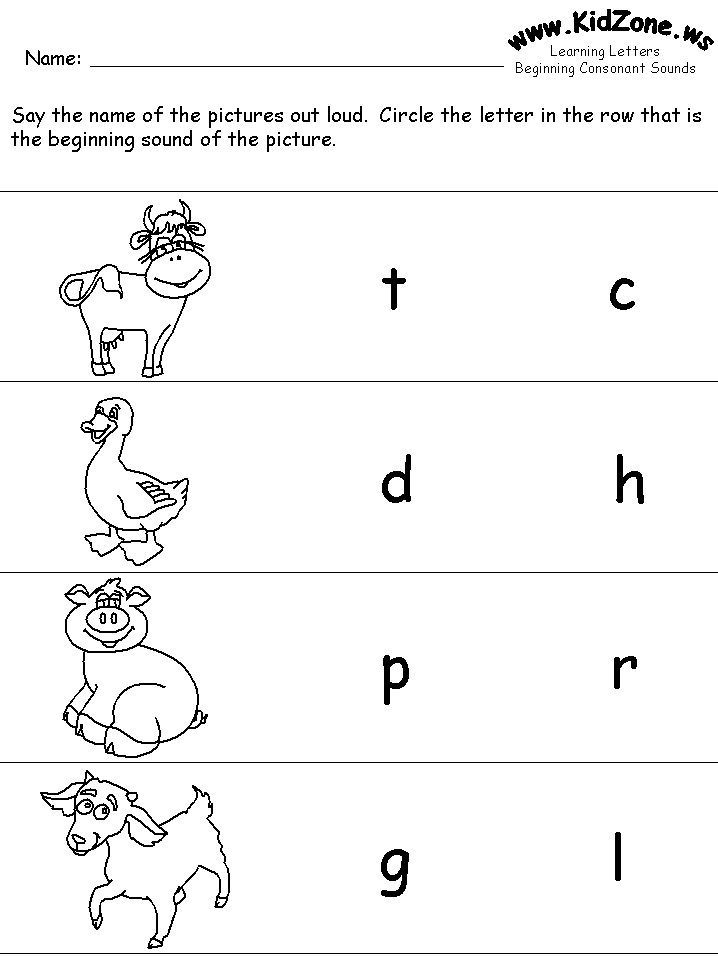
MEDIUM
previous next
do you know the answer?
response:
related crosswords
- Medium
- Synonym: psychic, i.
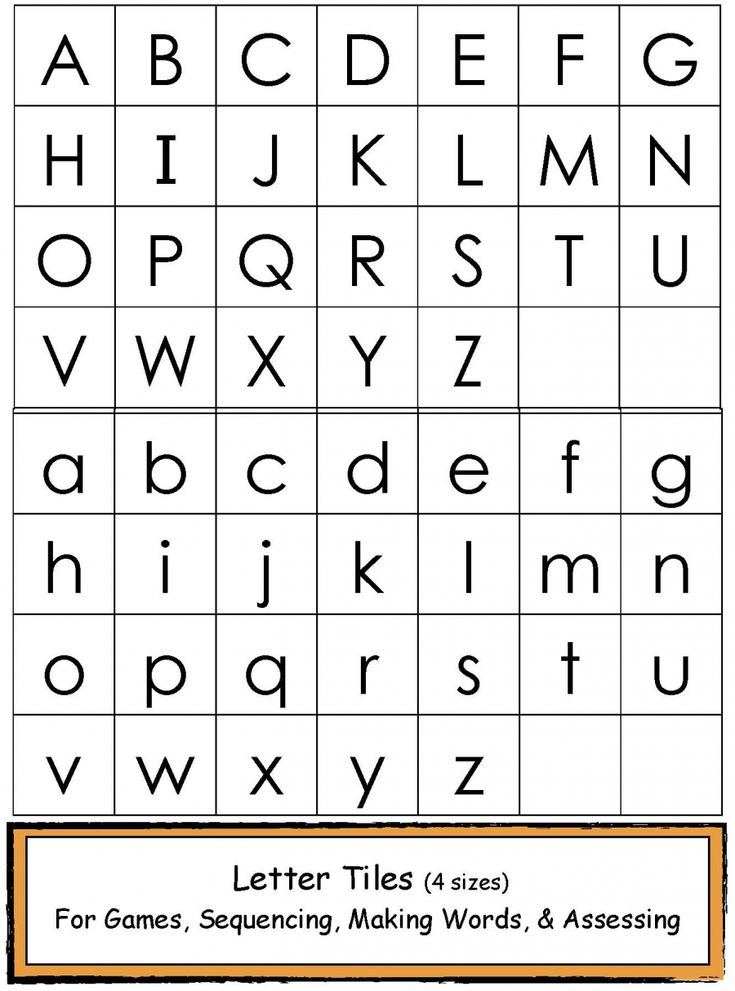 e. a person with supersensible abilities
e. a person with supersensible abilities - Medium
- Intermediary between people and spirits 6 letters
- Intermediary between the world of spirits and people 6 letters
- Intermediary between the real and the afterlife 6 letters
- Middle register female singing voice 6 letters
- Sensitive individual 6 letters
similar crosswords
- Middle register female singing voice 6 letters
- Musical work for four instruments or singing voices 7 letters
- Musical work for five instruments or singing voices 7 letters
- Organ bass register
- Uppercase male singing voice 7 letters
- Flute type organ register 8 letters
- Double case in organ 6 letters
- Mixed register of singing voice 5 letters
- Artificial voice register 5 letters
- Register of organ, accordion letters
- Upper head register of singing voice
- Central, middle forward (in football, hockey)
- Average long-term water level in reservoirs, rivers
- Upper or middle tier in the auditorium
The truth about character case that programmers need to know / Sudo Null IT News0001
At the 2018 North Bay Python conference, I gave a talk on usernames. Most of the information in the report was compiled by me over 12 years of maintaining django-registration. This experience gave me a lot more knowledge than I had planned to have on how complex "simple" things can be.
Most of the information in the report was compiled by me over 12 years of maintaining django-registration. This experience gave me a lot more knowledge than I had planned to have on how complex "simple" things can be.
At the beginning of the report, I did mention that this would not be another exposé from the series of "misconceptions about X that programmers believe." You can find any number of such revelations. However, I don't like these articles. They list various things that are allegedly false, but very rarely explain why this is so, and what should be done instead. I suspect that people will simply read articles like this, congratulate themselves on this achievement, and then go on to find new and interesting ways to make mistakes not mentioned in these articles. It's because they didn't really understand the problems that these bugs give rise to.
Therefore, in my report, I tried to explain some of the problems as best as possible and explain how to solve them - I like this approach much more.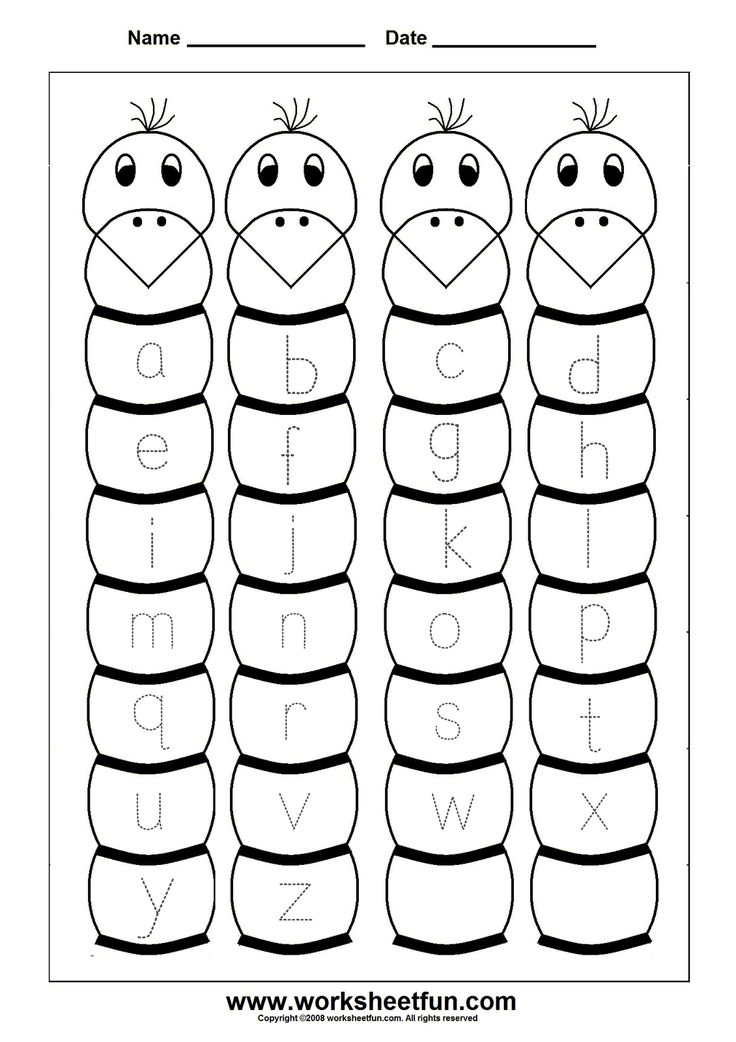 One topic that I've only touched on in passing (it was just one slide and a couple of mentions on other slides) is the complexities that can be associated with character case. There is an official Correct Answer™ for the problem I was discussing - comparing case-insensitive identifiers - and in the talk I gave the best solution I know, using only the Python standard library.
One topic that I've only touched on in passing (it was just one slide and a couple of mentions on other slides) is the complexities that can be associated with character case. There is an official Correct Answer™ for the problem I was discussing - comparing case-insensitive identifiers - and in the talk I gave the best solution I know, using only the Python standard library.
However, I briefly mentioned the deeper complications with Unicode case, and I want to spend some time describing the details. This is interesting, and understanding this can help you make decisions when designing and writing code that processes text. Therefore, I offer you something opposite to the articles "misconceptions about X that programmers believe" - "the truth that programmers should know."
One more thing: Unicode is full of terminology. In this article, I will mainly use the definitions of "upper case" and "lower case" because the Unicode standard uses these terms. If you like other terms, like lowercase/uppercase letters, that's fine.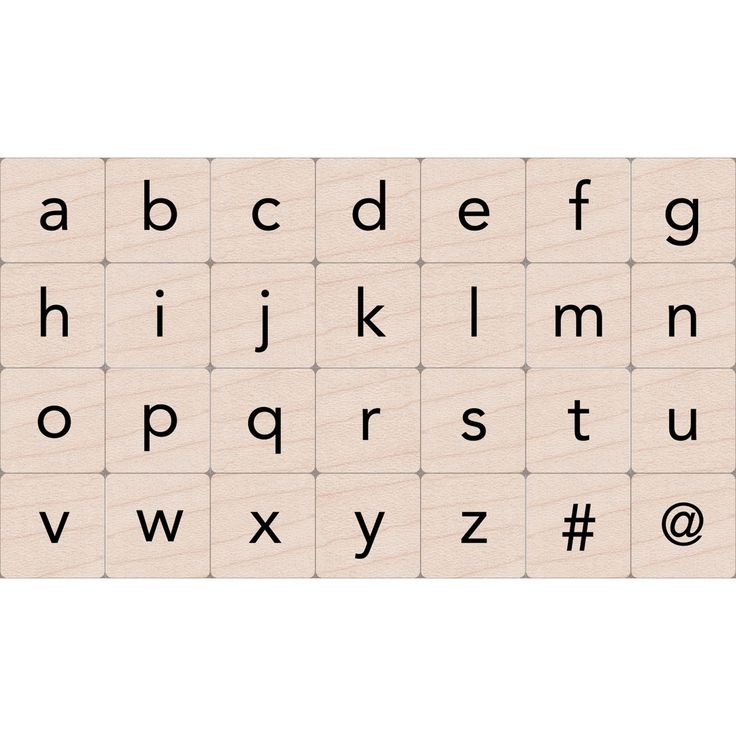 Also, I will often use the term "symbol", which some may consider incorrect. Yes, in Unicode the concept of "character" isn't always what people expect, so it's often best to avoid it by using other terms. However, in this article, I will use the term as it is used in Unicode, to describe an abstract entity about which claims can be made. When it matters, I will use more specific terms like "code point" for clarification.
Also, I will often use the term "symbol", which some may consider incorrect. Yes, in Unicode the concept of "character" isn't always what people expect, so it's often best to avoid it by using other terms. However, in this article, I will use the term as it is used in Unicode, to describe an abstract entity about which claims can be made. When it matters, I will use more specific terms like "code point" for clarification.
There are more than two registers
Speakers of European languages are accustomed to using case in their languages to denote specific things. For example, in English [and Russian] we usually start sentences with an uppercase letter and most often continue with lowercase letters. Also, proper nouns start with uppercase letters, and many acronyms and abbreviations are written in uppercase.
And we usually think that there are only two registers. There is an "A" and there is an "a". One is in upper case, the other is in lower case, isn't it?
However, there are three cases in Unicode.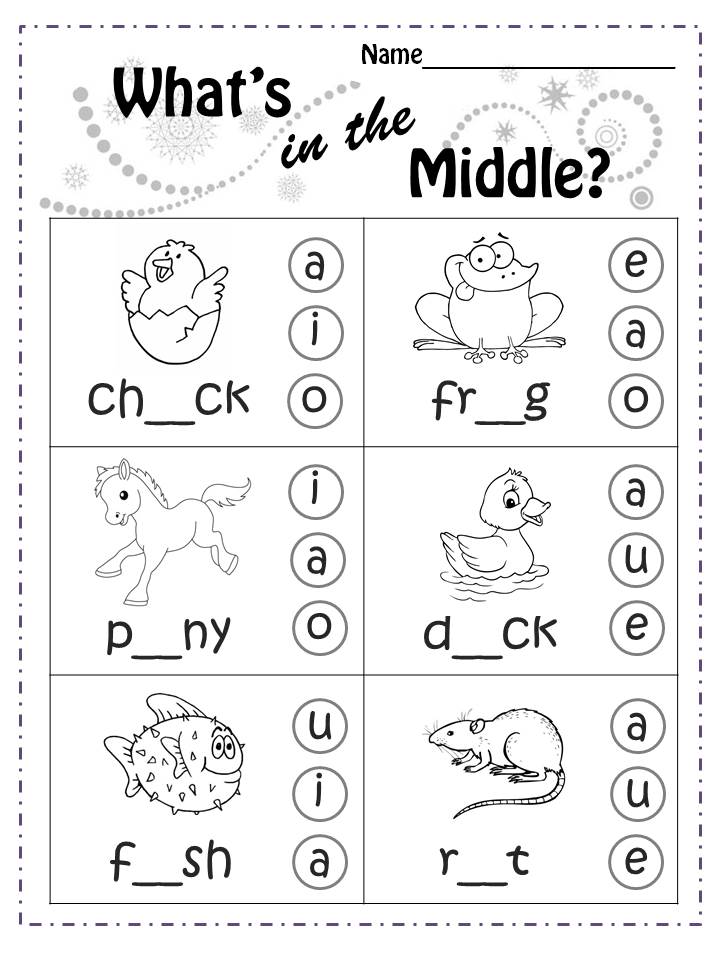 There is an upper one, there is a lower one, and there is a title case [titlecase]. In English, this is how names are written. For example, Avengers: Infinity War. Usually, to do this, the first letter of each word is simply written in uppercase (and depending on different rules and styles, some words, such as articles, are not capitalized).
There is an upper one, there is a lower one, and there is a title case [titlecase]. In English, this is how names are written. For example, Avengers: Infinity War. Usually, to do this, the first letter of each word is simply written in uppercase (and depending on different rules and styles, some words, such as articles, are not capitalized).
The Unicode standard gives this example of a capital case character: U+01F2 LATIN CAPITAL LETTER D WITH SMALL Z. It looks like this: Dz.
Such characters are sometimes required to handle the negative consequences of one of the early design decisions of the Unicode standard: compatibility with existing text encodings in both directions. It would be more convenient for Unicode to compose sequences using the standard's character combination capabilities. However, in many systems already in existence, space has already been allocated for ready-made sequences. For example, in the ISO-8859-1 ("latin-1") standard, the character "é" has a prepared form numbered 0xe9.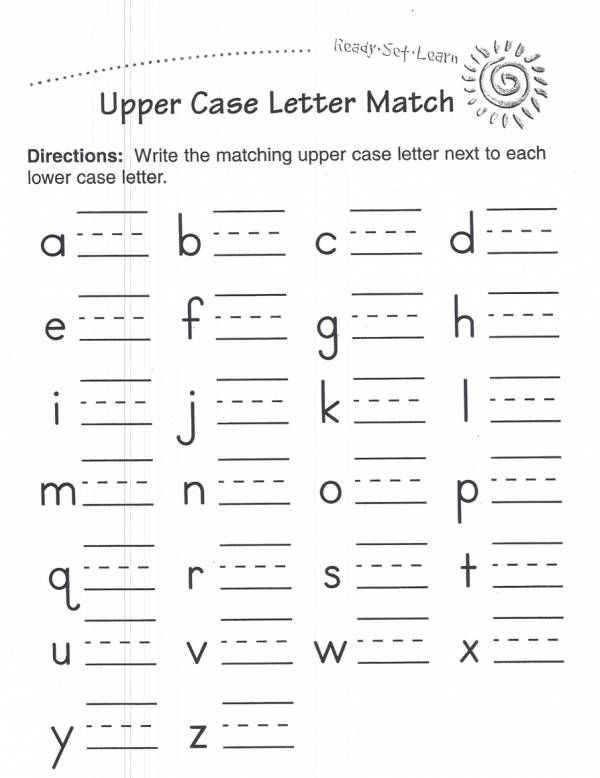 In Unicode, it would be preferable to write this letter with a separate "e" and an accent mark. But to ensure full compatibility in both directions with existing encodings such as latin-1, Unicode also assigns code points for predefined characters. For example, U+00E9 LATIN SMALL LETTER E WITH ACUTE.
In Unicode, it would be preferable to write this letter with a separate "e" and an accent mark. But to ensure full compatibility in both directions with existing encodings such as latin-1, Unicode also assigns code points for predefined characters. For example, U+00E9 LATIN SMALL LETTER E WITH ACUTE.
Although this character's code position is the same as its latin-1 byte value, you should not rely on this. It is unlikely that the character encoding in Unicode will retain these positions. For example, in UTF-8 code position U+00E9written as the byte sequence 0xc3 0xa9.
And, of course, there are characters in already existing encodings that needed special treatment when using title case, which is why they were included in Unicode "as is". If you want to look at them, search your favorite Unicode database for characters in the Lt ("Letter, titlecase") category.
There are several ways to determine the register
The Unicode Standard (§4.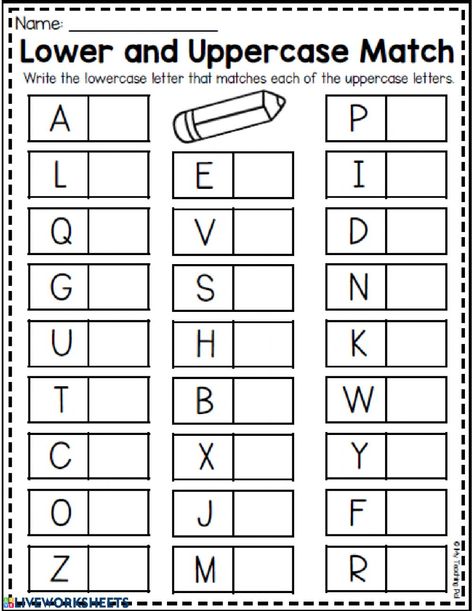 2) lists three different definitions of case. Perhaps the choice of one of the three makes your programming language for you; otherwise, your choice will depend on the specific purpose. Here are the definitions:
2) lists three different definitions of case. Perhaps the choice of one of the three makes your programming language for you; otherwise, your choice will depend on the specific purpose. Here are the definitions:
- A character is uppercase if it belongs to the category Lu ("Letter, uppercase"), and lowercase if it belongs to the category Ll ("Letter, lowercase"). The standard recognizes the limitations of this definition: each specific character has to be attributed to only one of the categories. Because of this, many characters that "should be" in upper or lower case will not meet this requirement because they belong to some other category.
- The character is uppercase if it inherits the Uppercase property, and lowercase if it inherits the Lowercase property. It is a combination of defining one with other character properties, which may include case.
- A character is in uppercase if it does not change after a case mapping to uppercase has been applied to it.
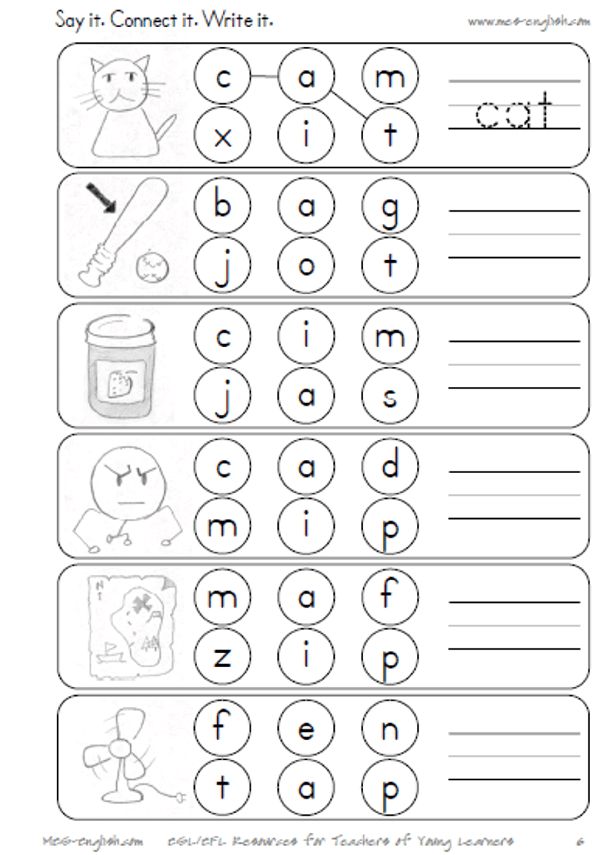 A character is in lowercase if, after applying a lowercase case mapping to it, it does not change. A rather general definition, however, it can also behave non-intuitively.
A character is in lowercase if, after applying a lowercase case mapping to it, it does not change. A rather general definition, however, it can also behave non-intuitively.
If you are working with a limited subset of characters (specifically, letters), then 1 definition may be enough for you. If your repertoire is broader - it includes characters that look like letters that are not letters, the 2nd definition may suit you. It is also recommended by the Unicode standard, §4.2:
Programmers manipulating Unicode strings should work with string functions such as isLowerCase (and its functional relative toLowerCase) if they do not operate on character properties directly.
The function mentioned here is defined in §3.13 of the Unicode Standard. Formally, the 3rd definition uses the functions isLowerCase and isUpperCase from §3.13, defined in terms of fixed positions in toLowerCase and toUpperCase, respectively.
If your programming language has functions for checking or converting the case of strings or single characters, it's worth looking into which of the definitions mentioned are used in the implementation. If you're wondering, Python's isupper() and islower() methods use the 2nd definition.
If you're wondering, Python's isupper() and islower() methods use the 2nd definition.
Unable to understand the case of a character by its appearance or name
By the appearance of many characters, you can understand what case they are in. For example, "A" is in upper case. This is clear from the name of the symbol: "LATIN CAPITAL LETTER A". However, sometimes this method does not work. Let's take the code position U+1D34. It looks like this: ᴴ. In Unicode, it's assigned a name: MODIFIER LETTER CAPITAL H. So it's in uppercase, right?
In fact, it inherits the Lowercase property, so by definition #2 it is in lowercase, despite the fact that it visually resembles a capital H, and the name contains the word "CAPITAL".
Some characters have no case at all
Definition 135 in §3.13 of the Unicode Standard reads:
The character C is case-sensitive if and only if C has a Lowercase or Uppercase property, or the value of the General_Category parameter is Titlecase_Letter.
So a lot of Unicode characters - in fact, most of them - are not case-sensitive. Questions about their case do not make sense, and case changes do not affect them. However, we can get the answer to this question by definition #3.
Some characters behave as if they have multiple cases
It follows from this that if you use definition #3 and ask if an uncase character is in uppercase or lowercase, you will get the answer "yes".
The Unicode standard gives an example (Table 4-1, line 7) of the U+02BD MODIFIER LETTER REVERSED COMMA character (which looks like this: ʽ). It does not have the inherited Lowercase or Uppercase properties, and is not in the Lt category, so it is not case-sensitive. However, converting to upper case does not change it, and converting to lower case does not change it, so by definition 3 it answers yes to both questions: "Are you upper case?" and “are you lowercase?”
This seems like a lot of unnecessary confusion, but the point is that definition #3 works with any sequence of Unicode characters, and simplifies case conversion algorithms (caseless characters just turn into themselves).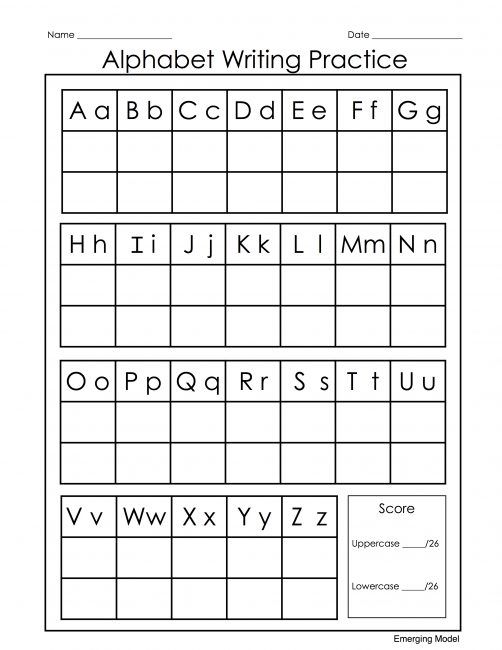
Case dependent on context
You might think that if the Unicode case conversion tables cover all characters, then this conversion is simply a matter of finding the right place in the table. For example, the Unicode database says that U+0041 LATIN CAPITAL LETTER A will be U+0061 LATIN SMALL LETTER A in lowercase. Simple, right?
One example where this approach does not work is Greek. The character Σ—that is, U+03A3 GREEK CAPITAL LETTER SIGMA—is mapped to two different characters when converted to lowercase, depending on where it appears in the word. If it is at the end of a word, then it will be ς (U+03C2 GREEK SMALL LETTER FINAL SIGMA) in lower case. Anywhere else it will be σ (U+03C3 GREEK SMALL LETTER SIGMA).
This means that the register has no one-to-one or transitivity. Another example is ß (U+00DF LATIN SMALL LETTER SHARP S, or escet). In uppercase it would be "SS", although there is now another uppercase form of it (ẞ, U+1E9E LATIN CAPITAL LETTER SHARP S). And converting "SS" to lowercase results in "ss", so (using Unicode terminology for case conversion): toLowerCase(toUpperCase(ß)) != ß.
And converting "SS" to lowercase results in "ss", so (using Unicode terminology for case conversion): toLowerCase(toUpperCase(ß)) != ß.
Locale-specific case
Different languages have different case conversion rules. The most popular example: i (U+0069 LATIN SMALL LETTER I) and I (U+0049 LATIN CAPITAL LETTER I) are converted to each other in most locales - most, but not all. In the az and tr locales (Turkic), the uppercase i is İ (U+0130 LATIN CAPITAL LETTER I WITH DOT ABOVE) and the lowercase I is ı (U+0131 LATIN SMALL LETTER DOTLESS I). Sometimes the right notation really means the difference between life and death.
Unicode itself does not handle all possible case conversion rules for all locales. In the Unicode database, there are only general rules for converting all characters that are not dependent on the locale. Also there are special rules for some languages and compound forms - Lithuanian, Turkic languages, some features of Greek. Everything else is not there. §3.13 of the standard mentions this and recommends introducing locale-specific conversion rules when necessary.
Everything else is not there. §3.13 of the standard mentions this and recommends introducing locale-specific conversion rules when necessary.
One example that will be familiar to English speakers is the title case of certain names. "o'brian" must be converted to "O'Brian" (not to "O'brian"). However, in this case, "it's" must be converted to "It's", and not to "It's". Another example that is not handled in Unicode is the Dutch character "ij", which, when converted to title case, must be converted to uppercase if it appears at the beginning of a word. Thus, a large bay in the Netherlands would be "IJsselmeer" in the title case, not "Ijsselmeer". Unicode has the characters IJ U+0132 LATIN CAPITAL LIGATURE IJ and ij U+0133 LATIN SMALL LIGATURE IJ if you need them. By default, case conversion converts them to each other (although Unicode normalization forms using compatibility equivalence will split them into two separate characters).
Case-insensitive comparison requires folded case conversion
Returning to the material presented in the report. The complexity of dealing with case in Unicode means that case-insensitive comparison cannot be done using the standard lowercase or uppercase conversion functions found in many programming languages. For such comparisons, Unicode has the concept of case folding, and §3.13 of the standard defines the toCaseFold and isCaseFolded functions.
The complexity of dealing with case in Unicode means that case-insensitive comparison cannot be done using the standard lowercase or uppercase conversion functions found in many programming languages. For such comparisons, Unicode has the concept of case folding, and §3.13 of the standard defines the toCaseFold and isCaseFolded functions.
You might think that folding to folded case is like casting to lowercase, but it's not. The Unicode standard warns that a folded-case string will not necessarily be in lowercase. The Cherokee language is given as an example - there, in a line that is in folded case, characters in upper case will also come across.
One of the slides in my report implements the recommendations of Unicode Technical Report #36 in Python as fully as possible. NFKC is normalized and then the casefold() method (only available in Python 3+) is called on the resulting string. Even so, some edge cases fall out, and this is not exactly what is recommended for comparing identifiers. First, the bad news: Python doesn't expose enough Unicode properties to filter out characters that aren't in XID_Start or XID_Continue, or characters that have the Default_Ignorable_Code_Point property. To my knowledge it does not support NFKC_Casefold mapping. It also lacks an easy way to use the modified NFKC UAX #31§5.1.
First, the bad news: Python doesn't expose enough Unicode properties to filter out characters that aren't in XID_Start or XID_Continue, or characters that have the Default_Ignorable_Code_Point property. To my knowledge it does not support NFKC_Casefold mapping. It also lacks an easy way to use the modified NFKC UAX #31§5.1.
The good news is that most of these edge cases do not involve any real security risks posed by the characters in question. And case folding is in principle not defined as a normalization-preserving operation (hence the NFKC_Casefold mapping, which renormalizes to NFC after case folding). Generally, when comparing, you don't care if both strings are normalized after preprocessing. What you care about is whether the preprocessing is inconsistent, and whether it guarantees that only strings that "should" be different afterwards will be different afterwards. If this bothers you, you can manually renormalize after case addition.
Enough for now
This article, like the previous report, is not exhaustive, and it is hardly possible to fit all this material into a single post.